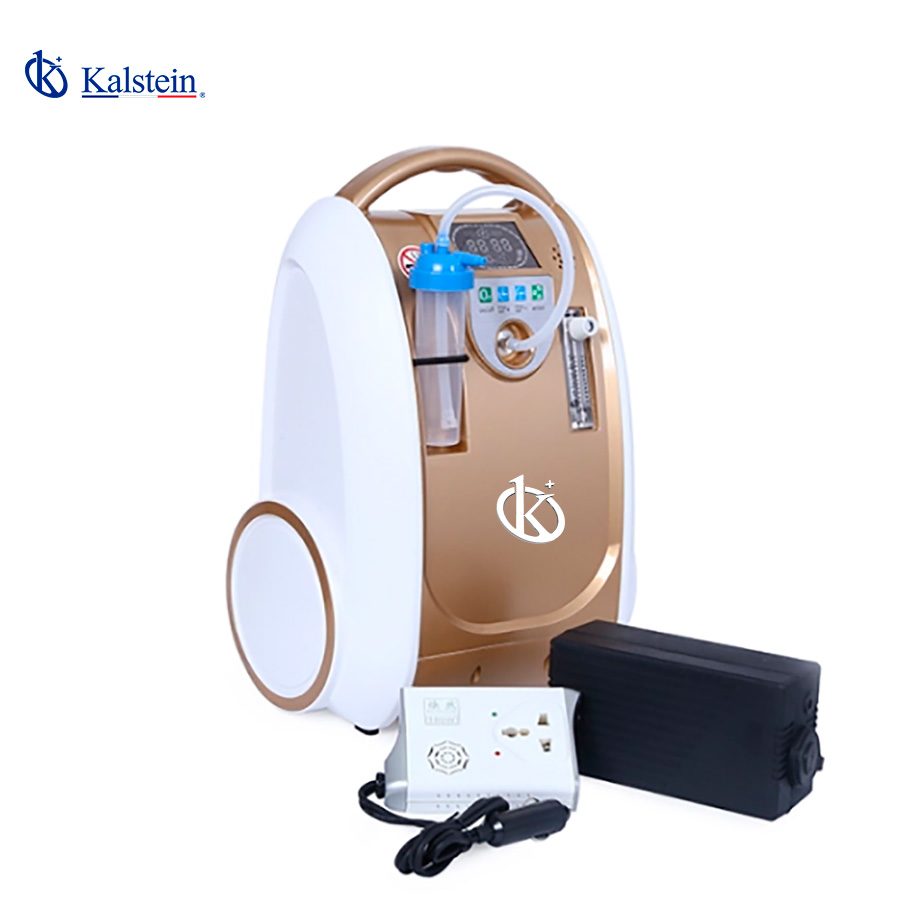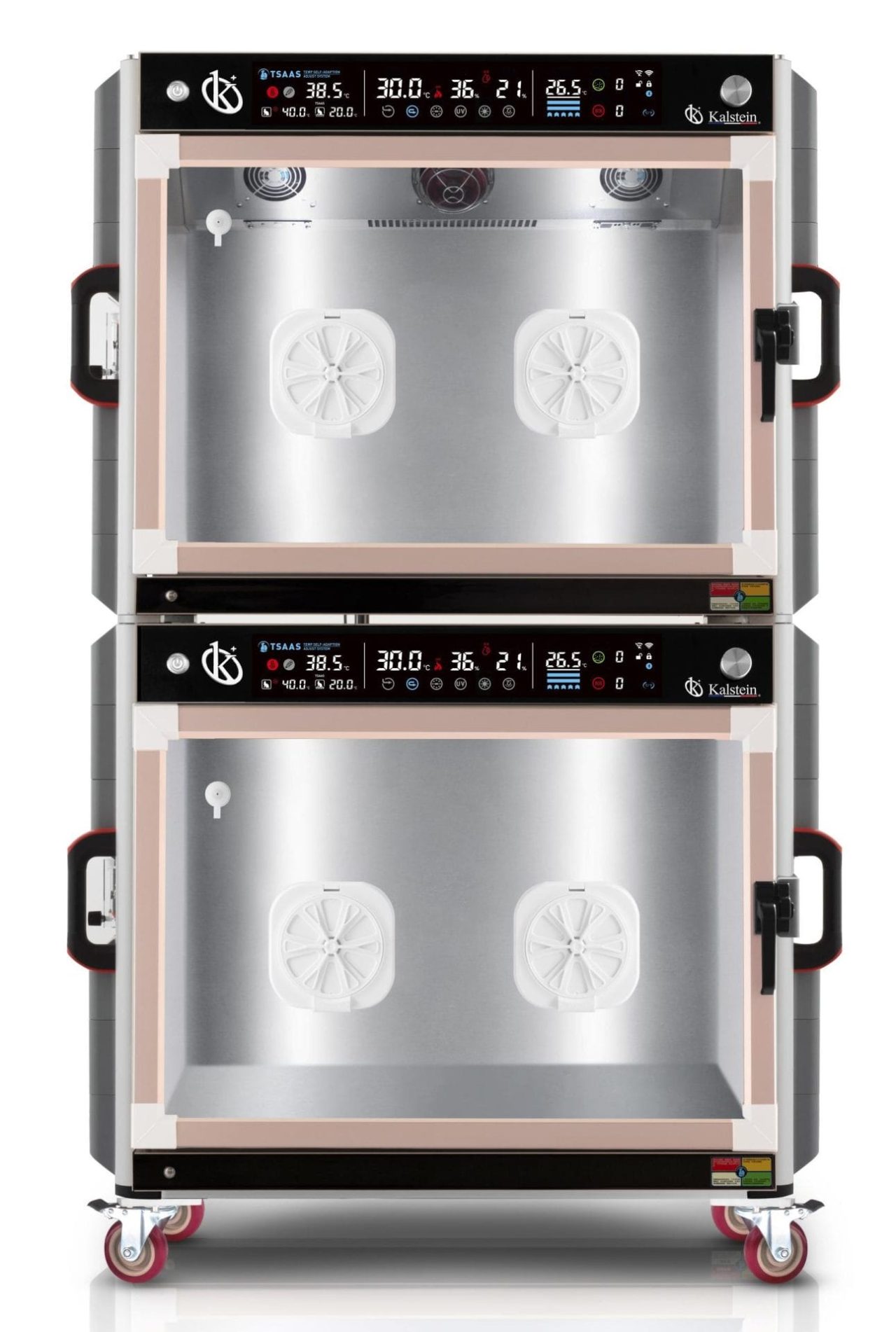Oxygen Concentrators and Their Impact on the Treatment of Chronic Respiratory Diseases

Oxygen concentrators are essential medical devices for people suffering from chronic respiratory diseases, such as COPD (Chronic Obstructive Pulmonary Disease) or pulmonary fibrosis. As someone who has had the opportunity to use and analyze these devices, I can assure you that their primary function is to provide a continuous flow of oxygen to those who need it, significantly improving their quality of life.
Oxygen Concentrators for Clinical Environments: Maximum Reliability and Performance

Oxygen concentrators have revolutionized the way people with respiratory problems manage their oxygen therapy.
Optimizing Oxygen Supply: Concentrators with Energy-Saving Technology

In my experience, oxygen concentrators have significantly evolved in recent years. If you’ve ever needed or known someone who requires oxygen therapy, you’ll understand how crucial it is to have a reliable and efficient device. Modern oxygen concentrators are not only more compact and quiet but also designed to provide a continuous supply of oxygen, making them an indispensable tool for many people.
Advanced Oxygen Therapy: Benefits of High-Flow Concentrators

In the field of healthcare, oxygen therapy has proven essential for the treatment of various respiratory conditions.
Oxygen Concentrators: Enhancing Quality of Life

An oxygen concentrator is an essential device for individuals requiring supplemental oxygen therapy. Unlike traditional oxygen cylinders, which need to be refilled or replaced, an oxygen concentrator extracts oxygen from ambient air, purifies it, and delivers it to the patient at a higher concentration. This process ensures a continuous and safe supply of oxygen, significantly improving the quality of life for people with chronic respiratory diseases.
Medical Precision in Oxygen Administration: Advances in Modern Concentrators

The oxygen concentrator is an essential device for those who need continuous respiratory assistance. Unlike traditional oxygen tanks, concentrators do not require constant refills as they generate pure oxygen from ambient air. This device is particularly useful for patients with chronic respiratory diseases, such as COPD, where maintaining a constant supply of oxygen is vital to improving quality of life.
Innovation in Oxygen Concentrators: Technology that Revolutionizes Respiratory Therapy

When we talk about oxygen concentrators, we are referring to devices that have transformed the lives of thousands of people who need respiratory therapy. As someone who has had the opportunity to know and test different models of concentrators, I can affirm that their impact on health and quality of life is undeniable. These devices are designed to provide a constant source of oxygen to people with respiratory diseases, ensuring they receive the right amount of this vital gas.
Intensive Care for Exotic Animals: Equipment for Veterinary ICU Units

In the veterinary world, caring for exotic animals and small pets requires a specialized approach, especially in critical situations. Veterinary ICU Units have become a fundamental pillar in ensuring the survival and recovery of these patients.
Veterinary ICU Units: Innovation in the Service of Animal Welfare

Veterinary Intensive Care Units (Veterinary ICU Units) represent an innovative and advanced solution for the intensive care of animals requiring specialized monitoring and treatment. These units are designed to provide a controlled and safe environment, ideal for the recovery of critical patients in veterinary clinics.
Optimization of Animal Care: Veterinary ICU Units for Specialized Hospitals

Veterinary ICU Units are a key component in any hospital specialized in intensive care for animals. These units are designed to provide a controlled and safe environment where the most delicate patients can receive the necessary treatment and monitoring. Throughout my experience in veterinary clinics, I have had the opportunity to observe how these units transform the quality of care, allowing animal health professionals to offer appropriate and personalized life support.
